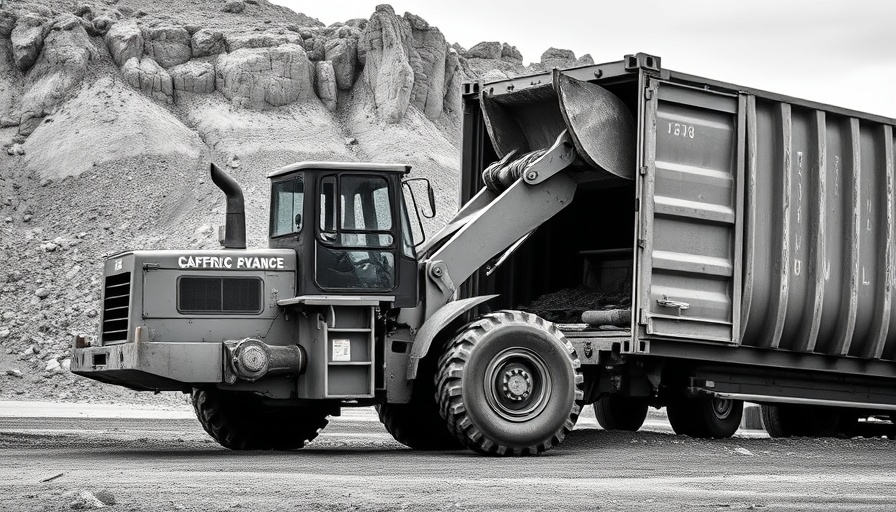
Automated Speed Cameras: A New Era for Road Safety
Kentucky has taken a bold step in enhancing road safety by implementing automated speed enforcement cameras in highway work zones, following a significant rise in road work-related accidents. The state’s Transportation Cabinet announced this initiative on August 12, 2025, in response to the alarming statistics from 2024, which saw over 1,200 work zone crashes leading to injuries and fatalities.
With these new cameras, Kentucky aims to protect both road workers and motorists. The installation process will start this summer and fall, strategically placing cameras in select work zones, with plans to expand to more locations in the coming years. Each camera-equipped area will feature ample warning signs and flashing lights to alert drivers of the enforcement, aiming to reduce the number of accidents severely.
Why Are Work Zone Safety Measures Essential?
According to Kentucky Gov. Andy Beshear, "Speeding through work zones isn’t just reckless; it can be deadly." The tragic truth is that the majority of those killed in work zones last year were motorists or passengers rather than construction workers. Implementing speed enforcement cameras provides an additional layer of safety, influencing driver behavior in active construction areas. This new technology not only aims to deter speeding but also serves as a visual reminder of the potential dangers associated with reckless driving.
Insights from Recent Statistics: The Need for Change
In 2024 alone, Kentucky recorded an alarming total of 1,223 work zone crashes — a statistic that speaks volumes about the current state of road safety in construction zones. The severity of these incidents is highlighted by the seven fatalities and hundreds of injuries sustained. As Kentucky gears up for another busy year of construction projects, which saw $1 billion in new contracts last year, the implementation of these speed cameras becomes all the more critical.
A Balanced Approach: Manual Enforcement in Addition to Automation
What sets Kentucky’s automated speed camera program apart is its approach to enforcement. While the cameras will capture speeding vehicles, they won’t automatically trigger fines. Instead, police officers will be stationed at the end of the work zones to conduct traffic stops based on the data obtained from these devices. This combination of technology and traditional police work not only allows for due process but also ensures a human presence in risky situations, which can act as a deterrent to reckless driving.
Possible Reactions: Understanding Perspectives
While many drivers may welcome safety measures aimed at preventing crashes, some might express concerns about increased surveillance. A balance must be struck between ensuring public safety and maintaining a sense of trust between law enforcement and the community. By emphasizing safety over punitive measures, Kentucky's initiative attempts to frame automated speed enforcement as a protective measure rather than purely a punitive one.
Future Implications: Broader Adoption of Technology in Road Safety
The successful execution of this program could serve as a model for other states across the nation. With road infrastructure continuously evolving and the need for safety paramount, Kentucky's initiative could lead to broader acceptance and implementation of similar technologies elsewhere. As road construction continues to play an essential role in local economies, ensuring the safety of all road users must remain a priority.
Conclusion: Why This Matters Now More Than Ever
In conclusion, the introduction of automated speed enforcement cameras in Kentucky represents a significant step toward enhancing safety in construction zones, not just for roadside workers but for all road users. If you’re a homeowner or contractor involved in any work zone activities, this is an essential development to keep in mind. Road safety affects not only the construction industry but also impacts communities, families, and the future of transportation.
Stay informed about road safety regulations and strategies to keep your projects safe. Understanding the evolving measures can help you make better decisions for your home improvement or construction projects. As this initiative rolls out, consider how you can contribute to a safer driving experience in your area.
 Add Row
Add Row  Add
Add 




Write A Comment